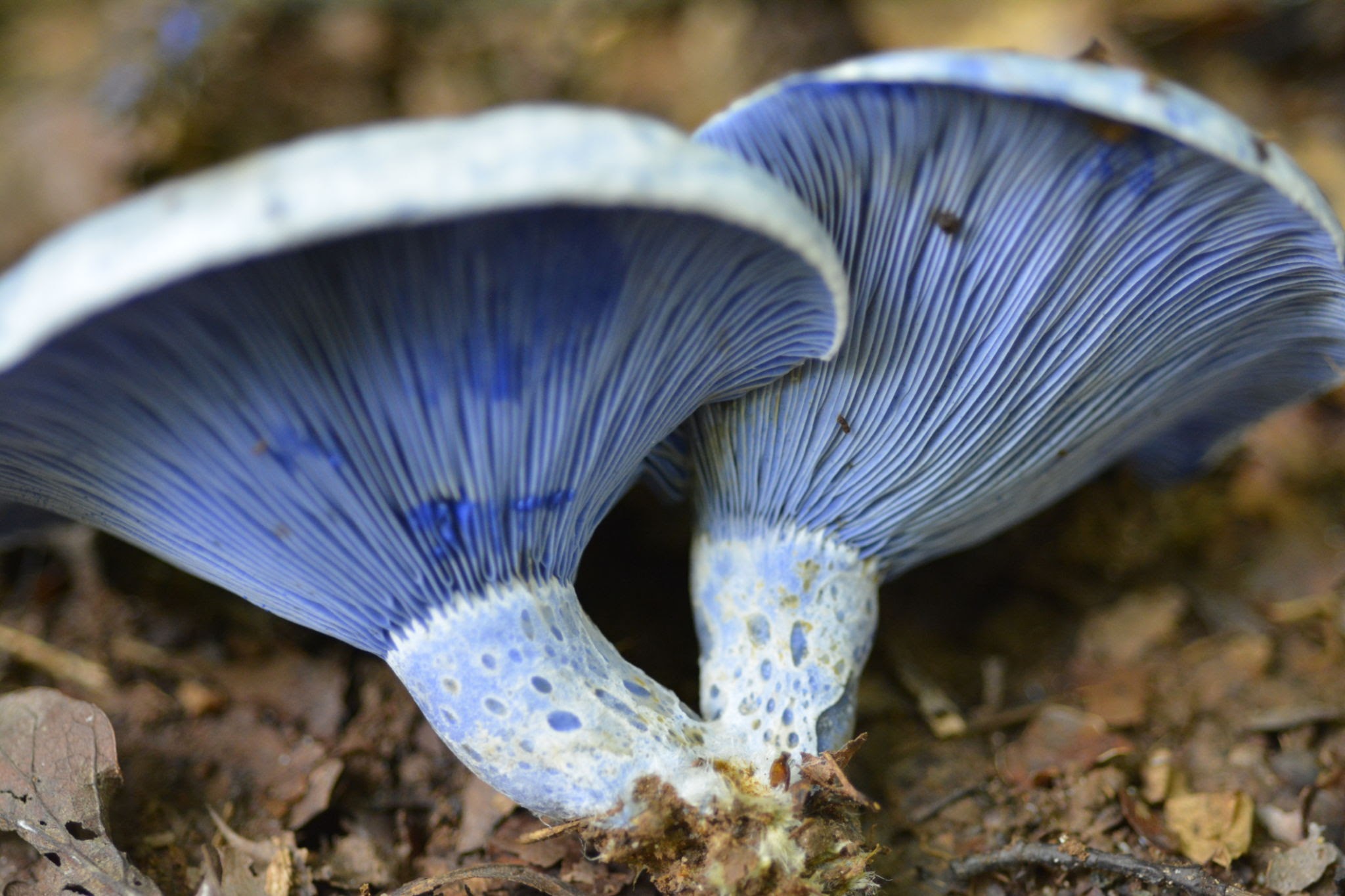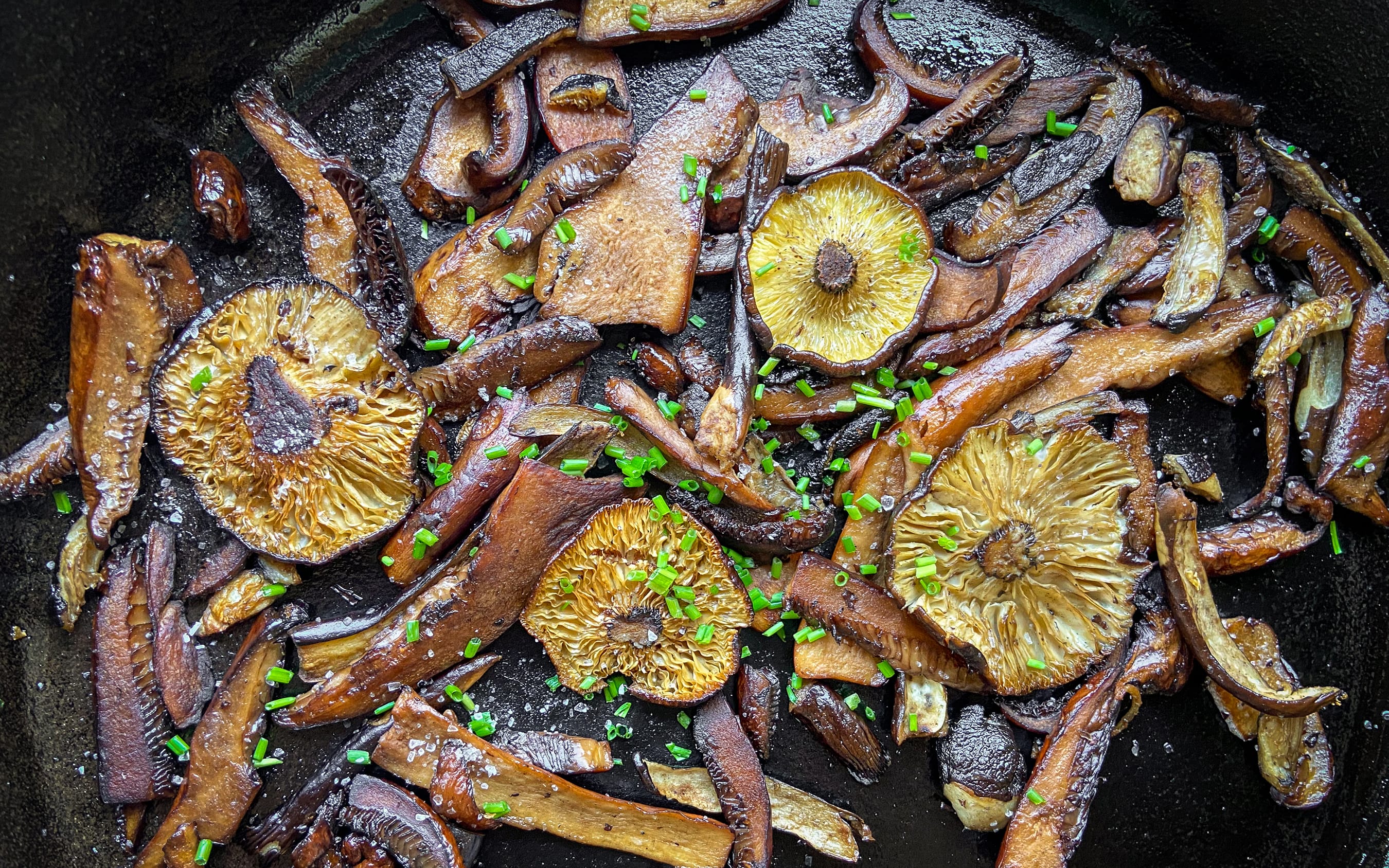
Indigo milkcap fungi, also known as Lactarius indigo, are a beautiful and mysterious species found in forests throughout North America, Europe, and Asia. These fungi are easily recognizable by their vibrant blue color and distinctive milk-like latex that oozes from their stems and gills. In this post, we'll explore the benefits of indigo milkcap fungi, how to identify and forage them, and some tips for incorporating them into your diet.
Benefits of Indigo Milkcap Fungi
Indigo milkcap fungi have been used for centuries in traditional medicine for their various health benefits. They are rich in antioxidants, which help to protect the body against cellular damage and reduce inflammation. They also contain polysaccharides, which are complex sugars that have been shown to boost the immune system and fight off infections.
In addition to their medicinal properties, indigo milkcap fungi are also a good source of nutrients. They are high in protein, fiber, and essential minerals such as potassium, calcium, and magnesium. They also contain significant amounts of vitamin B12, which is important for maintaining healthy nerve and blood cells.
Identification and Foraging Tips
Indigo milkcap fungi can be found growing in deciduous and coniferous forests, often in association with oak, beech, and pine trees. They typically fruit from late summer to early fall, and can be found singly or in small clusters.
To identify indigo milkcap fungi, look for their distinctive blue color, which can range from light blue to dark indigo. They have a convex cap, which can reach up to 10 cm in diameter, and a stem that is typically 3-6 cm long and 1-2 cm thick. When cut or broken, they exude a blue-green latex from their stems and gills.
When foraging for indigo milkcap fungi, it's important to be cautious and knowledgeable about the other species in the area. Some fungi can be toxic, so it's important to positively identify indigo milkcaps before consuming them. If you're unsure about a particular fungus, consult a field guide or an experienced forager.
To harvest indigo milkcap fungi, gently twist or cut them off at the base of the stem, being careful not to damage the surrounding area or other fungi. Leave some behind to allow for future growth and to support the ecosystem.
Here's a recipe for a delicious pasta dish with indigo milkcap mushrooms:

Creamy Indigo Milkcap Mushroom Pasta Recipe
Ingredients:
- 1 pound of pasta (such as linguine or fettuccine)
- 1/2 cup of butter
- 1/2 cup of heavy cream
- 1/2 cup of grated Parmesan cheese
- 1/2 cup of chopped fresh parsley
- 1 pound of indigo milkcap mushrooms, cleaned and sliced
- 2 cloves of garlic, minced
- Salt and pepper to taste
Instructions:
Cook the pasta according to package instructions until al dente.
While the pasta is cooking, melt the butter in a large skillet over medium heat. Add the sliced indigo milkcap mushrooms and sauté for 5-7 minutes until they are tender and lightly browned.
Add the minced garlic to the pan and sauté for another 1-2 minutes until fragrant.
Add the heavy cream to the pan and stir to combine with the mushrooms and garlic. Cook for 2-3 minutes until the sauce has thickened slightly.
Add the grated Parmesan cheese to the pan and stir until it has melted and the sauce is smooth.
Drain the cooked pasta and add it to the pan with the mushroom sauce. Toss to coat the pasta evenly with the sauce.
Season the pasta with salt and pepper to taste, and garnish with chopped fresh parsley.
Serve the creamy indigo milkcap mushroom pasta hot and enjoy!
Note: You can also add other ingredients to this pasta dish, such as cooked chicken, bacon, or vegetables like spinach or cherry tomatoes. Feel free to experiment and make it your own!
There is reasonable evidence that this article is machine-generated. Posting such content is considered fraud.
Fraud is discouraged by the community and may result in the account being Blacklisted.
Guide: Why and How People Abuse and Defraud
If you believe this comment is in error, please contact us in #appeals in Discord.